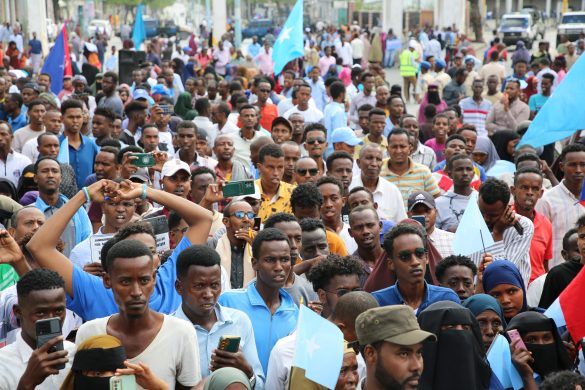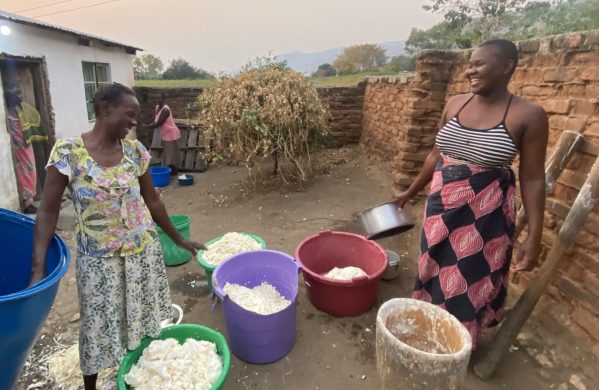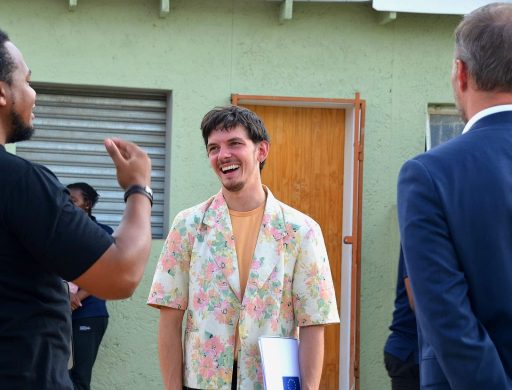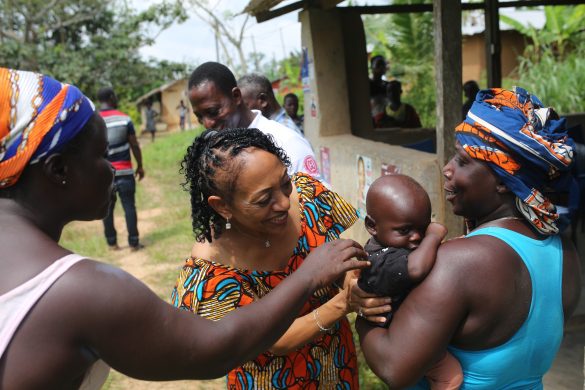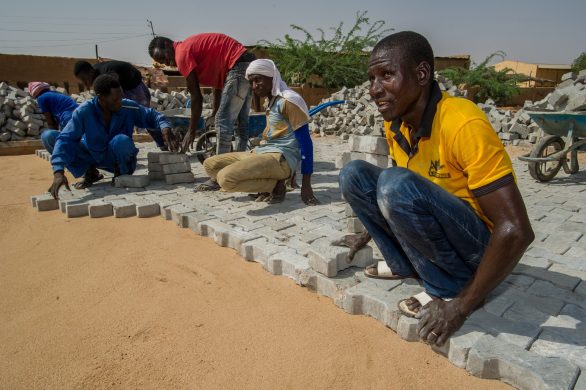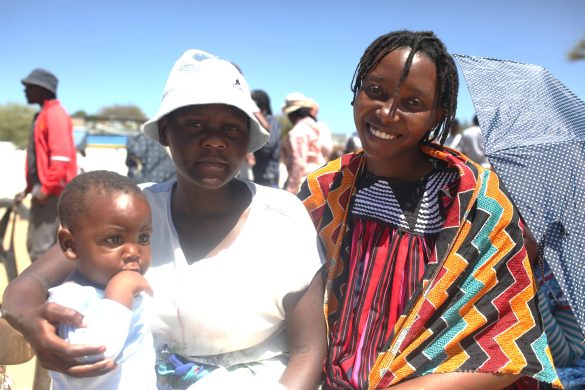WASHINGTON, March 8, 2009: Developing countries face a financing shortfall of 270-700 billion US dollar this year, as private sector creditors shun emerging markets, and only one quarter of the most vulnerable countries have the resources to prevent a rise in poverty, the World Bank said Sunday.
In a paper for next Saturdays meeting of the Group of 20 finance ministers and central bank governors, the World Bank said that international financial institutions cannot by themselves currently cover the shortfall – that includes public and private debt and trade deficits – for these 129 countries, even at the lower end of the range.
A solution will require governments, multilateral institutions, and the private sector. Only one quarter of vulnerable developing countries have the ability to finance measures to blunt the economic downturn, such as job-creation or safety net programs.
– We need to react in real time to a growing crisis that is hurting people in developing countries, said World Bank Group President Robert B. Zoellick. – This global crisis needs a global solution and preventing an economic catastrophe in developing countries is important for global efforts to overcome this crisis. We need investments in safety nets, infrastructure, and small and medium size companies to create jobs and to avoid social and political unrest.
The global economy is likely to shrink this year for the first time since World War Two, with growth at least 5 percentage points below potential. World Bank forecasts show that global industrial production by the middle of 2009 could be as much as 15 per cent lower than levels in 2008. World trade is on track in 2009 to record its largest decline in 80 years, with the sharpest losses in East Asia.
The financial crisis will have long-term implications for developing countries. Debt issuance by high-income countries is set to increase dramatically, crowding out many developing country borrowers, both private and public. Many institutions that have provided financial intermediation for developing country clients have virtually disappeared. Developing countries that can still access financial markets face higher borrowing costs, and lower capital flows, leading to weaker investment and slower growth in the future.
– When this crisis began people in developing countries, especially those in Africa, were the innocent bystanders in this crisis, yet they have no choice but to bear its harsh consequences, World Bank Managing Director Ngozi Okonjo-Iweala said in remarks prepared for delivery on Monday at a conference in London organized by Britain’s Department for International Development. – We must look at poor people as assets and not liabilities. The new globalization should mean we adopt new ways of caring for our infants, educating our youth, empowering our women and protecting the vulnerable.
The paper said that 94 out of 116 developing countries have experienced a slowdown in economic growth. Of these countries, 43 have high levels of poverty. To date, the most affected sectors are those that were the most dynamic, typically urban-based exporters, construction, mining, and manufacturing. Cambodia, for example, has lost 30.000 jobs in the garment industry, its only significant export industry. More than half a million jobs have been lost in the last three months of 2008 in India, including in gems and jewelry, autos and textiles.
Many of the world’s poorest countries are becoming ever more dependent on development assistance as their exports and fiscal revenues decline because of the crisis. Donors are already behind by around 39 billion US dollar on their commitments to increase aid made at the Gleneagles Summit in 2005. The concern now is that aid flows will become more volatile as some countries cut their aid budgets while others reaffirm aid commitments, at least for this year.
In remarks prepared for delivery at the same conference in London on Monday, World Bank Chief Economist and Senior Vice President Justin Yifu Lin said developed countries should spend some of their fiscal stimulus in developing countries as the economic effect could be significant.
– Clearly, fiscal resources do have to be injected in rich countries that are at the epicenter of the crisis, but channeling infrastructure investment to the developing world where it can release bottlenecks to growth and quickly restore demand can have an even bigger bang for the buck and should be a key element to recovery, Lin said.
For more information read:
Swimming Against the Tide, http://siteresources.worldbank.org/NEWS/Resources/swimmingagainstthetide-march2009.pdf
Kilde: www.worldbank.org







